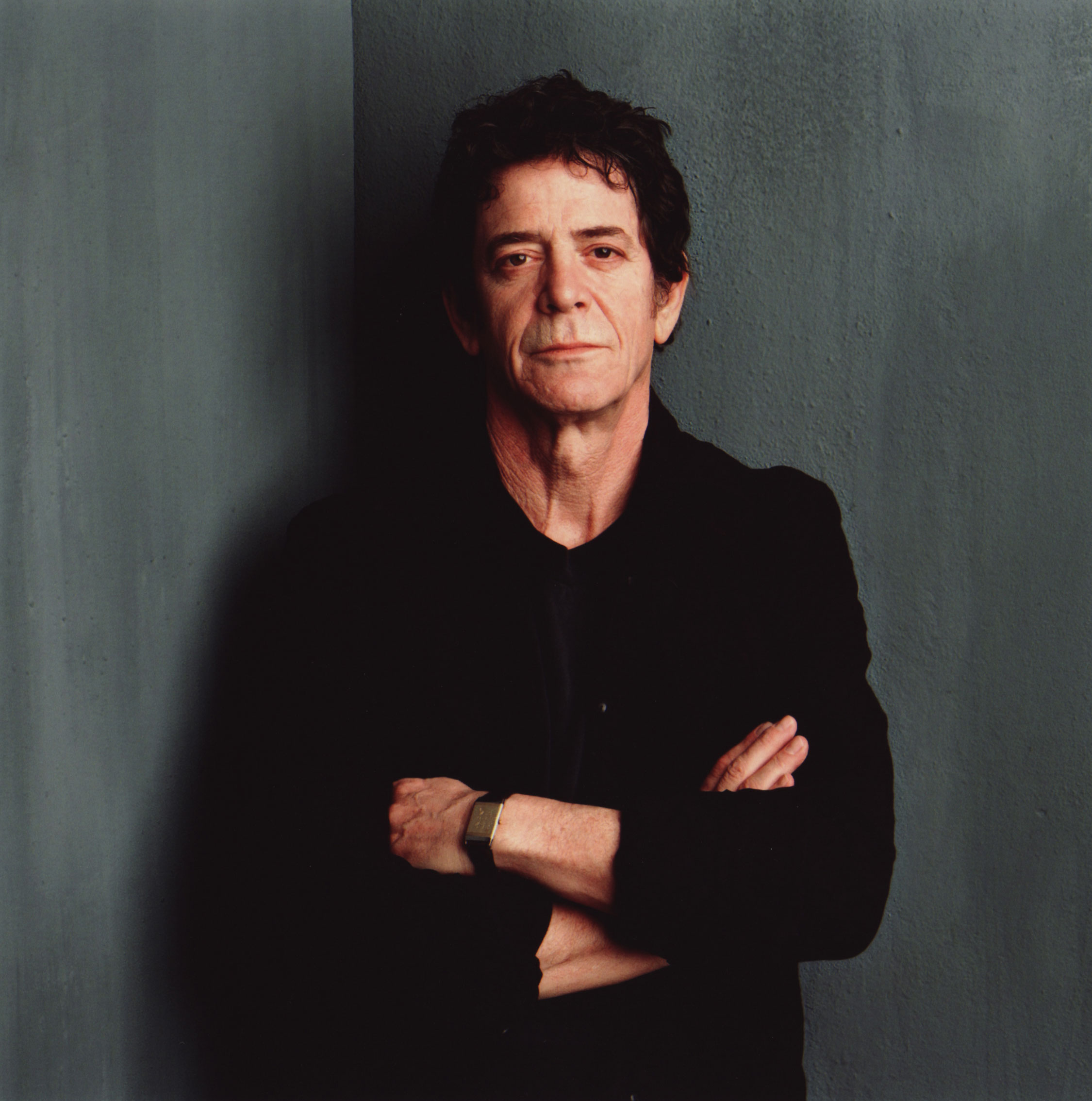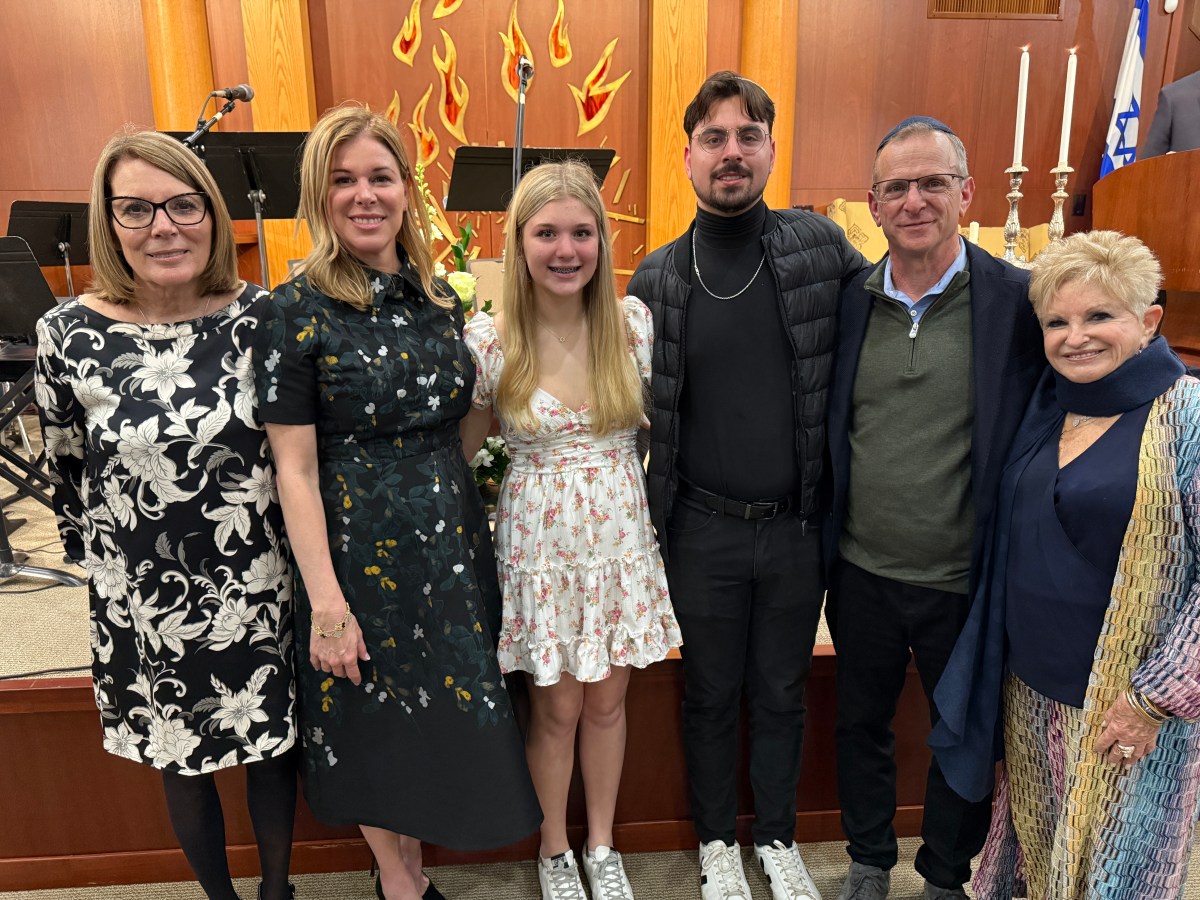Neighbor: Lou Reed, ROCK LEGEND

At some point, every parent has to sit down with his or her bright-eyed, innocent children and have the talk, that mandatory parent-child chat to make sure that your kids have a decent background in music. You will, of course, have to devote some serious time to the progenitor of indie rock, Lou Reed.
As an East End parent, you will also have to duly point out that Lou Reed and his wife, performance artist Laurie Anderson, live right here in East Hampton, close to friends like Rufus Wainwright and his new husband, Jorn Weisbrodt. Reed attended Wainwright and Weisbrodt’s wedding this past summer in Montauk. He also performed at Cindy Sherman’s new East Hampton home at a benefit for the Azuero Earth Project, singing a piece from Lulu, a collaborative album with Metallica that Reed released last year.
Reed, both with the Velvet Underground and in his subsequent solo work, has been cited by a huge number of artists as one of the defining influences of their careers—R.E.M., Patty Smith, The Strokes, Joy Division and just about every other artist you might find on a hipster’s playlist. Yet, he has had only one mainstream hit, “Walk on the Wild Side,” which just proves the mainstream isn’t the only way to get around.
Before and after that infamous walk on the wild side, Reed has written and performed music without regard for the music zeitgeist. In the late ’60s, you could turn on the radio and hear that #1 hit “Honey,” by Bobby Goldsboro. The Beatles and Simon and Garfunkel were on the charts, and so was Herb Alpert, who put his trumpet down long enough to croon “This Guy’s In Love With You.” To put it mildly, it was a pretty eclectic list. If you lived through the ’60s, you may or may not remember hearing these very diverse tunes—depending, of course, on the state of your memory and what you might have done during the ’60s to impair it. What you didn’t hear on the radio was anything by Reed or the Velvet Underground.
It is one of those ironies, not unknown in the arts, that one of the most influential bands of rock music was never appreciated in their own time. But Reed, from the very beginning of his career, was always an artist whose talent was recognized by his peers.
That career started when Reed was hired as an in-house songwriter for Pickwick Records. He had written the parody dance song “The Ostrich,” which Pickwick wanted to promote, pulling a band together, The Primitives—which included Welsh musician and violist John Cale—to record the tune. “The Ostrich” didn’t go anywhere, but Cale and Reed hit it off. They got an apartment on the Lower East Side of Manhattan, and together with Reed’s college friends from Syracuse University, Sterling Morrison and Maureen Tucker, they formed the Velvet Underground.
One of the Velvet Underground’s first fans was artist Andy Warhol, who became a mentor to Reed, introducing him to the downtown art scene. He also became manager and producer of the band, insisting that The Velvet Underground add a vocalist, Nico, a European singer and model. Although he initially resisted Nico joining the band, Reed later wrote several songs for her. The album, The Velvet Underground and Nico, only made it to No. 171 but had a far-reaching impact. Rolling Stone magazine has listed it as the 13th most influential album of all time.
By 1970, Reed had left the band and began a solo career, recording an eponymous album in London. Lou Reed failed to make a huge splash commercially, but just a few years later Reed was in the studio again. Co-produced by David Bowie and Mick Ronson, Transformer brought Reed his greatest commercial success, containing “Walk on the Wild Side” and “Perfect Day.”
A few more albums down the road, Reed had another best–selling effort with Rock n Roll Animal. He followed up this hit with one of the most baffling musical oddities—Metal Machine Music—a double LP of guitar feedback, white noise, and the sound of confused fans wondering what Reed was thinking. One theory is that Reed was trying to get out of his contract with RCA, but Reed has remarked to John Doram, in a Quietus interview, that he was “trying to do the ultimate guitar solo.” The LP was remastered by Reed and released on vinyl just a few years ago, so dedicated fans have another chance if they weren’t able to get their hands on the original.
In 1987, Warhol died of complications after surgery. It prompted a reunion for Reed and Cale, who collaborated on an album inspired by their former mentor. It eased the way for a Velvet Underground reunion and they toured throughout Europe, although a planned U.S. tour didn’t materialize. In 1996, more than 30 years after Reed met Cale and got the idea to form a band, the Velvet Underground was inducted into the Rock and Roll Hall of Fame. The only band member missing was Reed’s old college friend Sterling Morrison, who had died the previous year. Reed sang “Last Night I Said Goodbye to My Friend” at the induction to honor Morrison.
Reed welcomed the new millennium with a new work, POEtry, which he created with the Hamptons’ own Watermill Center founder/theater director Robert Wilson. Reed wrote 13 songs inspired by the writings of Edgar Allen Poe, and coupled with Wilson’s sets and moody lighting, POEtry was performed at BAM’s Next Wave Festival.
Some of Reed’s collaborative offerings of the past few years have included vocals on the Gorillaz album Plastic Beach and a cover of “Peggy Sue” on the Rave On Buddy Holly tribute CD. He’s also been in the studio with Brandon Flowers of The Killers recording a duet, “Tranquilize,” and contributed vocals to “The Wanderlust” on Metric’s album Synthetica.
So when you school your kids on everything to know about rock legend Lou Reed, don’t be too surprised if they know more than you do.



